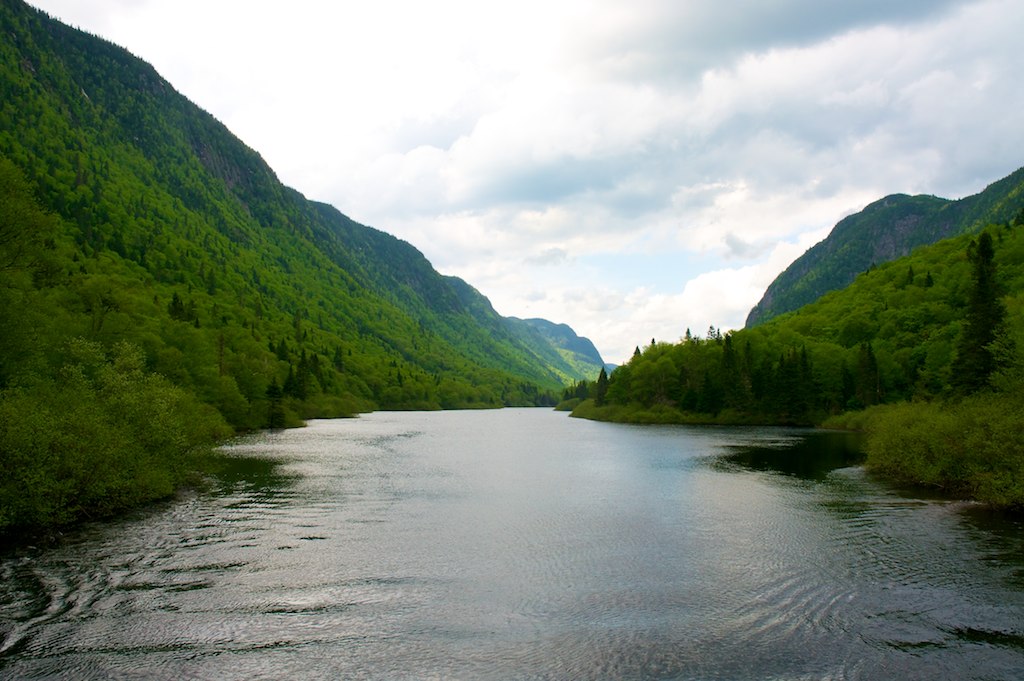Cet article a été initialement publié dans le magazine Macleans (23/09/2013)
In 2007, Chief Clarence Louie, the no-nonsense leader of British Columbia’s Osoyoos Indian Band, was appointed to a five-person federal panel reviewing the operations of the Correctional Service of Canada. There was much that troubled him, as he toured federal penitentiaries. He was distressed, but hardly surprised, by the overrepresentation of First Nations and other Aboriginal offenders in prison. Most anyone from a First Nations community has a friend or relative who has done jail time, he said in an interview. But what frustrated him, in that context, was the mushy morass of well-meaning “Aboriginal” programs to heal and empower, or to find one’s inner warrior.
“That’s what pissed me off, when I saw the programming they were doing: sweat house, sweat house, sweat house, all that healing and cultural stuff,” he says. “There’s nothing wrong with spirituality to a degree, but they were doing too much of it and not enough employment and training, like welders or carpenters or electricians. I want to see First Nations programs based around jobs.”
The study was noted and filed in the grand tradition of task force reports. But Louie has taken his case for reform a giant step further. He and the 500-member band have gone into the prison business. The band beat out several contenders to win provincial approval to locate a new 378-cell Okanagan Correctional Centre on its reserve lands. The $200-million project will generate some 500 direct and 500 indirect jobs, once construction begins next year. The high-security prison, expected to open in 2016, will employ 240 staff and create many more spinoff jobs.
Louie believes it’s the first provincial prison on reserve lands. While the band won’t operate the facility, it will reap significant revenue from the initial 60-year lease, and the grants in lieu of taxes. It also intends to be an active landlord, meeting soon with the three potential contractors to discuss band-employment prospects, and with the province to offer ideas for more practical employment-based Aboriginal programs.
At first glance, the optics of a band bidding for a prison seem akin to a deal with the devil. Some 27 per cent of adults in provincial and territorial custody are First Nations, Metis or Inuit people, though they represent just four per cent of the national population. In federal prisons, where inmates serve sentences of two years or longer, 23 per cent are Aboriginal—a number that increased by 56 per cent in the last decade and represents an incarceration rate 10 times that of non-Aboriginal people, says a recent report by the federal Office of the Correctional Investigator.
The prospect of a reserve-based prison didn’t sit well with some band members, Louie admits. “But the majority of our people voted ‘yes’ for the usual reasons, no different than off-reserve: jobs and money.” He says the positives outweigh the negatives. “You can look at the stats. Yeah, there’s overrepresentation in prisons. There always has been and always will be, probably. Is not having a prison on the reserve going to change that? To me, it won’t make it worse. If anything, it might help it,” he says. “How do we help the Aboriginal offender if we have the not-in-my-backyard attitude?”
The Osoyoos band, located in the semi-desert of the South Okanagan, has its hand in a host of projects, from housing and resort development to commercial, industrial and agricultural leases, as well as its own vineyards and award-winning Nk’Mip winery. B.C. Premier Christy Clark said one reason the bid was successful was the band’s distinction as owning the most businesses per capita of any First Nation in Canada. It helped, too, that the neighbouring communities of Osoyoos and Oliver are enthusiastic proponents.
Louie wants the fenced, 10.5-hectare site to include horse stables, giving prisoners, Aboriginal and non-Aboriginal alike, a chance to bond with animals. “We’re a horse-based culture,” he says. There will, of course, be a sweat lodge and cultural programming, but he hopes the prison will have a strong focus on trades training. “Obviously, the [incarceration] numbers prove their high-priced psychologists and sociologists, all of this New Age bulls--t, isn’t working for First Nations people.” He was disgusted, when touring an Edmonton prison, to see Aboriginal people working at crafts. “I don’t know anybody that can make a living, pay a mortgage or keep their kids in hockey by making drums and teepees.”
At the very least, there will be well-paying jobs for prison staff, many of them Aboriginal people, he hopes. As for the inmates, he doesn’t expect change overnight. “I hope our people don’t wind up in this prison,” he says, “but I’m realistic enough to know that some of our people will.”
Maclean's September 23, 2013

 Partager sur Facebook
Partager sur Facebook Partager sur X
Partager sur X Partager par Email
Partager par Email Partager sur Google Classroom
Partager sur Google Classroom


